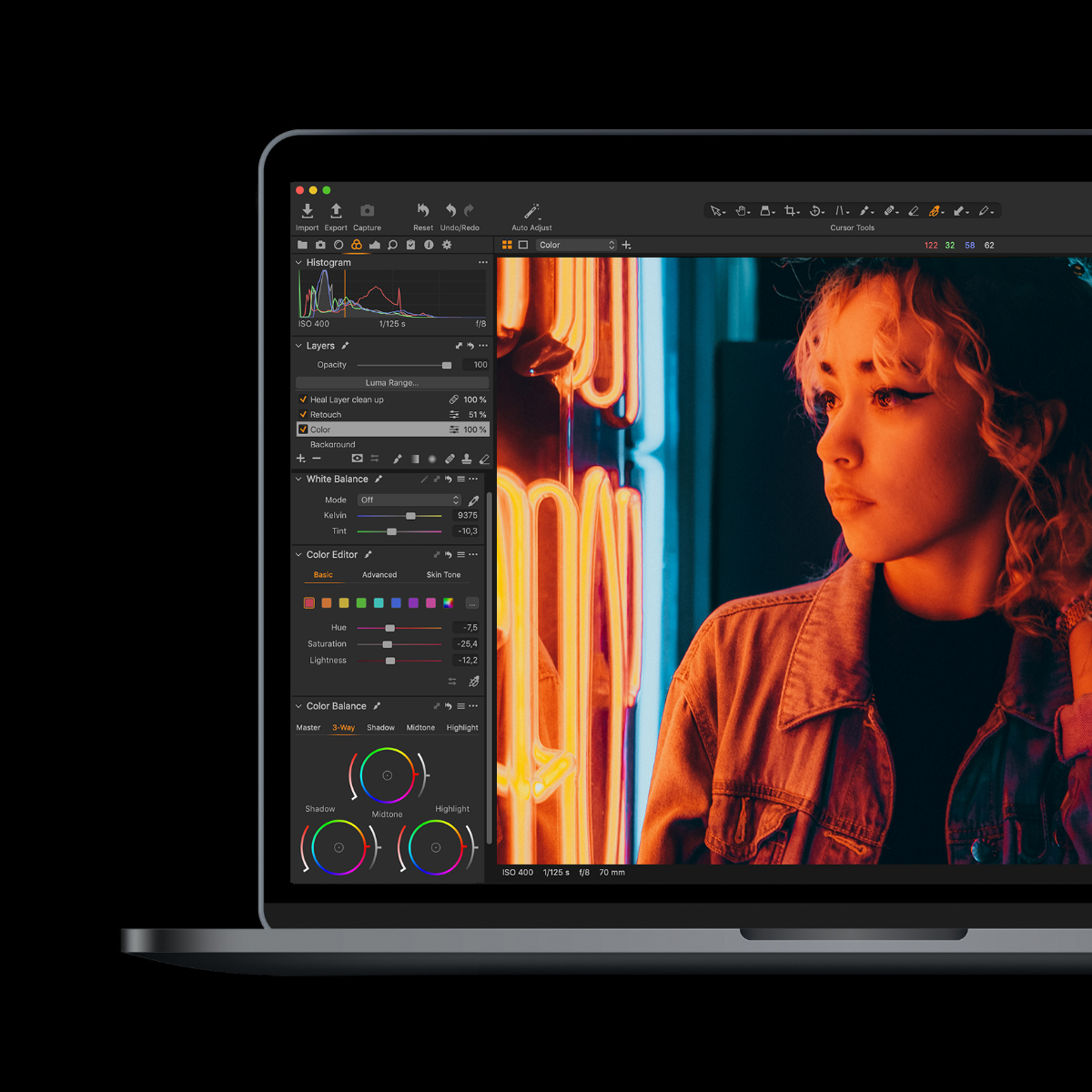

For me, the X100F is my walk-around camera, and being able to fire off a quick shot with the film simulations displaying in my live view – and then baked into my JPG – has made things far more fun. Lastly – and this was a hard pill for me to swallow, but I’m grateful I did – the time saved by having usable files the second after taking the shot can’t be understated. In the same way shooting analog with a roll of Porta, isn’t limiting or cheap, Fuji film simulations offer you stunning colors and tones without the sometimes-arduous process of editing – and there’s absolutely nothing stopping you from pushing the jpgs (or the RAWs) even further in Lightroom afterwards. They’re unique to the Fuji ecosystem, endlessly customizable, and react in wildly different ways to different colors, light, tones and textures, and occasionally faithfully emulate classic film stocks. Plus – the idea of a generic, one-size-fits-all camera ‘filter’ didn’t appeal to me one bit as someone who valued my own creative vision.īut Fuji’s film simulations aren’t just a filter you slap on. I even pre-visualized my photos with whatever colors I would eventually pull or push out. As a “serious photographer”, I took the post-process of editing as a given. But First: Why Bother with Fuji Film Simulations?


 0 kommentar(er)
0 kommentar(er)
